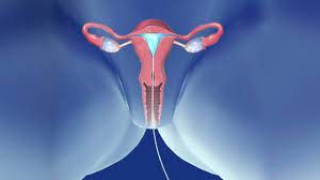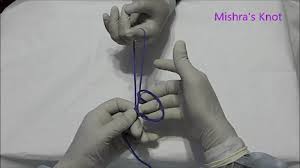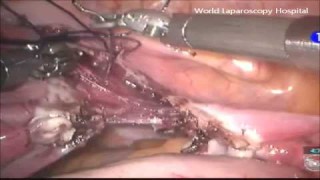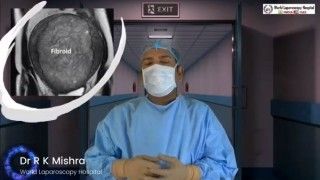Minimally Invasive Solution: Laparoscopic Myomectomy for Broad Ligament Myoma
Add to
Share
1,329 views
Report
2 years ago
Description
Broad ligament myomas are a type of uterine fibroids that develop on the broad ligaments which support the uterus. These types of fibroids can cause discomfort and pain and can also impact fertility. Laparoscopic myomectomy is a minimally invasive surgical technique that can be used to remove these fibroids while preserving the uterus. During laparoscopic myomectomy, a small incision is made in the abdomen, and a laparoscope (a thin, lighted tube with a camera) and specialized surgical instruments are inserted to remove the fibroids. This technique offers several advantages over traditional open surgery, including smaller incisions, reduced blood loss, and a quicker recovery time. In the case of broad ligament myomas, laparoscopic myomectomy can be particularly beneficial as it allows for the precise removal of the fibroids while minimizing damage to the surrounding tissue. This can help to preserve the patient's fertility and reproductive function. Overall, laparoscopic myomectomy is a safe and effective treatment option for women with broad ligament myomas who are seeking a minimally invasive solution. It offers a range of benefits, including reduced pain and scarring, a shorter recovery time, and a lower risk of complications. As such, it is an important option to consider for women who are seeking treatment for this condition. Broad ligament myomas can be challenging to remove surgically, as they can be deeply embedded in the tissue and blood vessels of the uterus. However, laparoscopic myomectomy offers an effective solution to this problem. During the procedure, the surgeon is able to use high-definition cameras and specialized instruments to carefully dissect and remove the fibroids while preserving the surrounding tissue. Compared to traditional open surgery, laparoscopic myomectomy offers several advantages. For example, the incisions are much smaller, resulting in less scarring and reduced pain. Additionally, patients typically experience less blood loss during the procedure, reducing the risk of transfusions and other complications. The recovery time is also shorter, allowing patients to return to their normal activities more quickly. Another important benefit of laparoscopic myomectomy is its ability to preserve fertility. In many cases, women with broad ligament myomas may wish to have children in the future, and laparoscopic myomectomy can help to protect their reproductive function. By removing the fibroids while leaving the uterus intact, laparoscopic myomectomy can help to improve the chances of a successful pregnancy. In summary, laparoscopic myomectomy is a minimally invasive and effective solution for women with broad ligament myomas who are seeking treatment. It offers several benefits over traditional open surgery, including smaller incisions, reduced blood loss, shorter recovery time, and improved preservation of fertility. Patients should consult with their healthcare provider to determine if laparoscopic myomectomy is the right option for them. Broad ligament myomas are a type of fibroid tumor that can grow on the broad ligament of the uterus, which is the sheet of connective tissue that supports the uterus, ovaries, and fallopian tubes. These tumors can be difficult to remove surgically, as they can be deeply embedded in the tissue and blood vessels of the uterus. However, laparoscopic myomectomy offers a minimally invasive and effective solution to this problem. During a laparoscopic myomectomy, the surgeon makes several small incisions in the abdomen and inserts a laparoscope, which is a thin, flexible tube with a camera and light at the end. This allows the surgeon to see the fibroids and surrounding tissue in high definition on a monitor. The surgeon then uses specialized instruments to carefully dissect and remove the fibroids while preserving the surrounding tissue. Compared to traditional open surgery, laparoscopic myomectomy offers several advantages. For example, the incisions are much smaller, resulting in less scarring and reduced pain. Additionally, patients typically experience less blood loss during the procedure, reducing the risk of transfusions and other complications. The recovery time is also shorter, allowing patients to return to their normal activities more quickly. Another important benefit of laparoscopic myomectomy is its ability to preserve fertility. In many cases, women with broad ligament myomas may wish to have children in the future, and laparoscopic myomectomy can help to protect their reproductive function. By removing the fibroids while leaving the uterus intact, laparoscopic myomectomy can help to improve the chances of a successful pregnancy. In summary, laparoscopic myomectomy is a minimally invasive and effective solution for women with broad ligament myomas who are seeking treatment. It offers several benefits over traditional open surgery, including smaller incisions, reduced blood loss, shorter recovery time, and improved preservation of fertility. Patients should consult with their healthcare provider to determine if laparoscopic myomectomy is the right option for them.
Similar Videos






